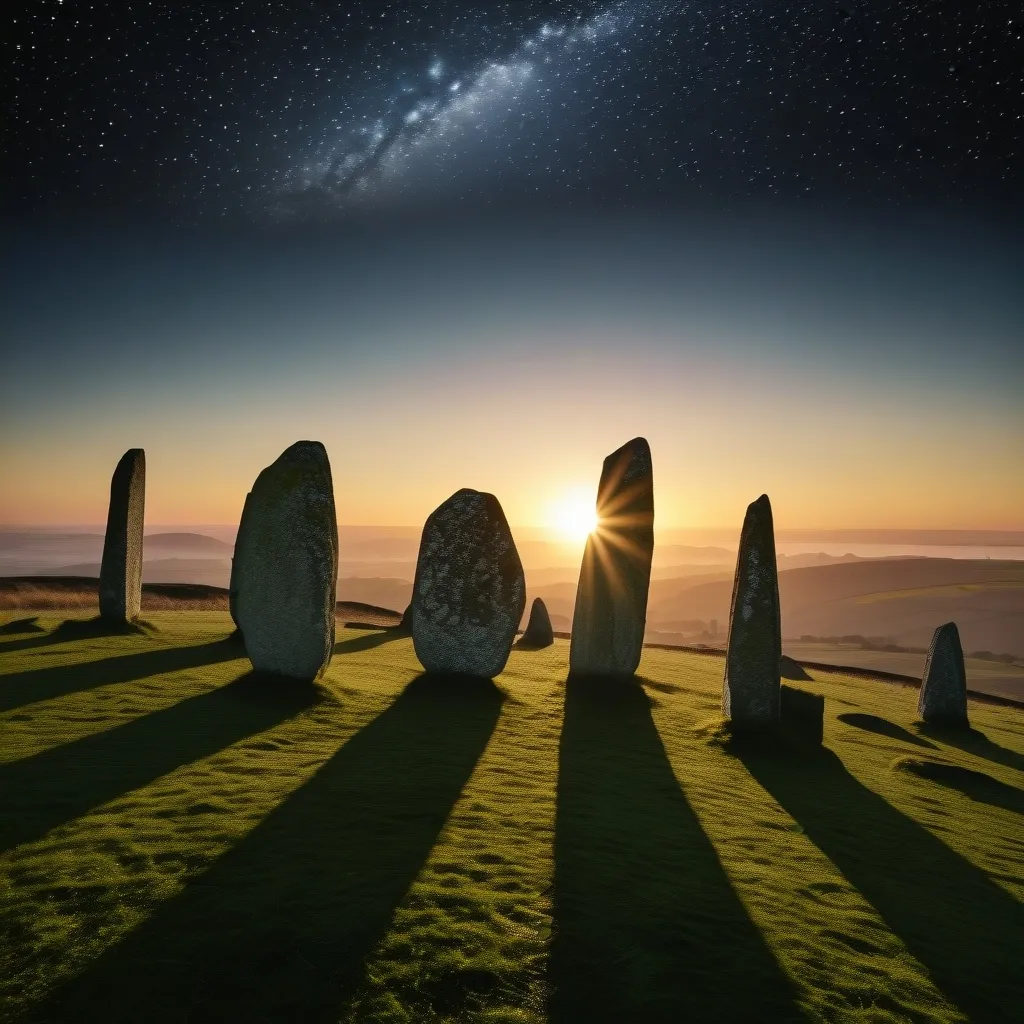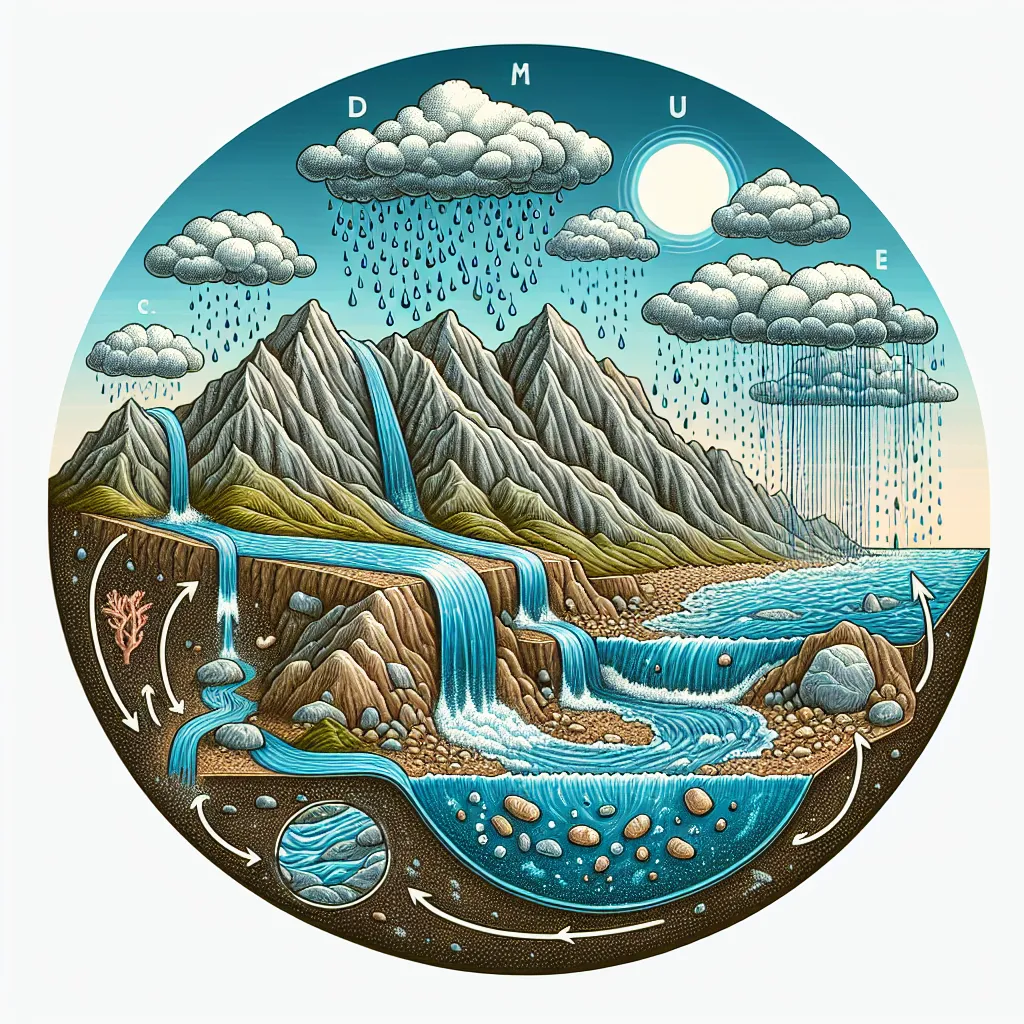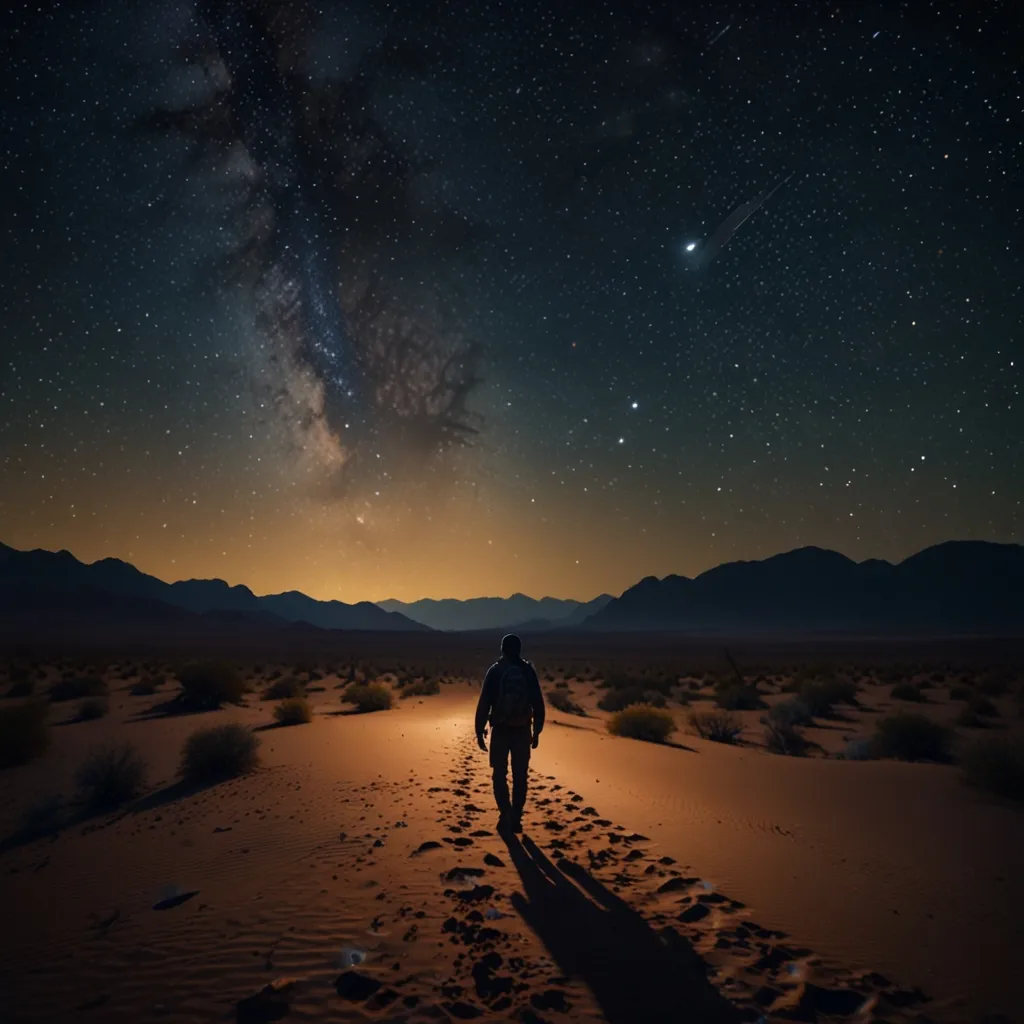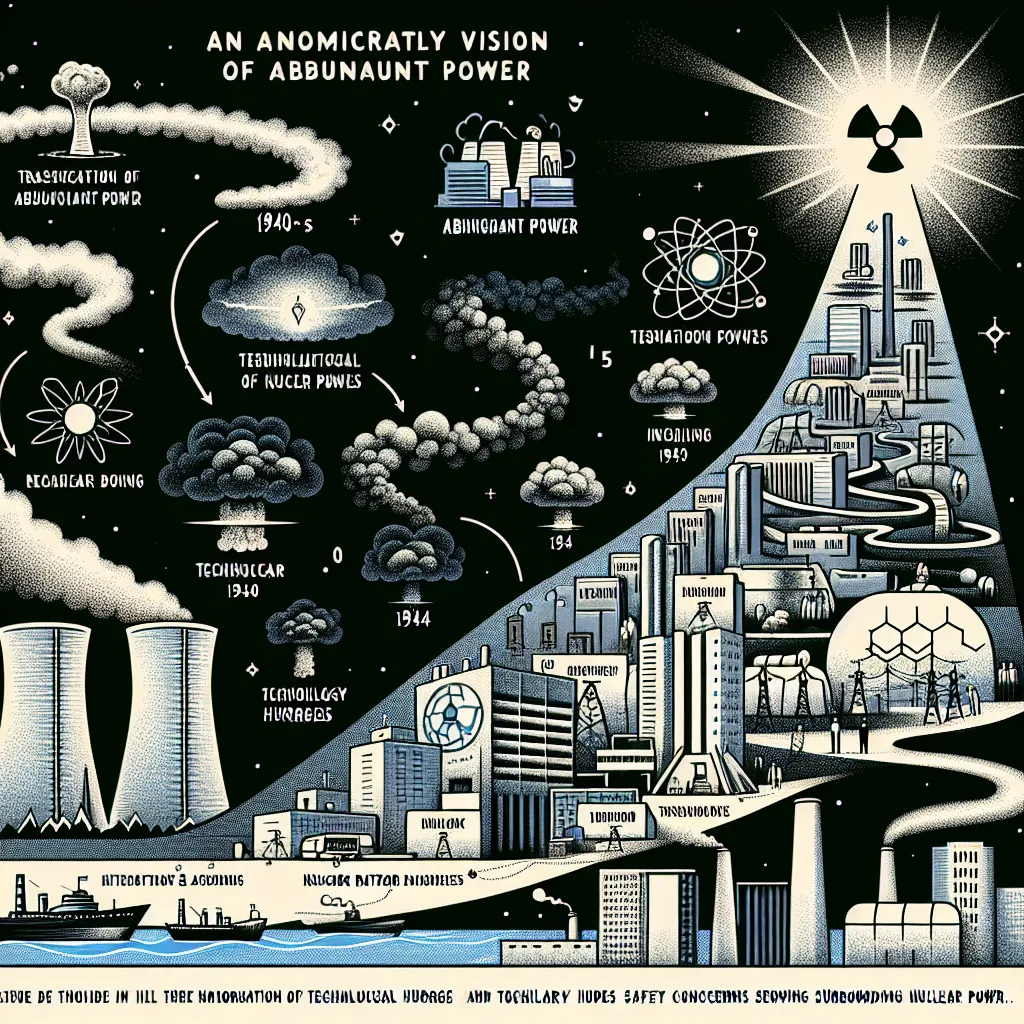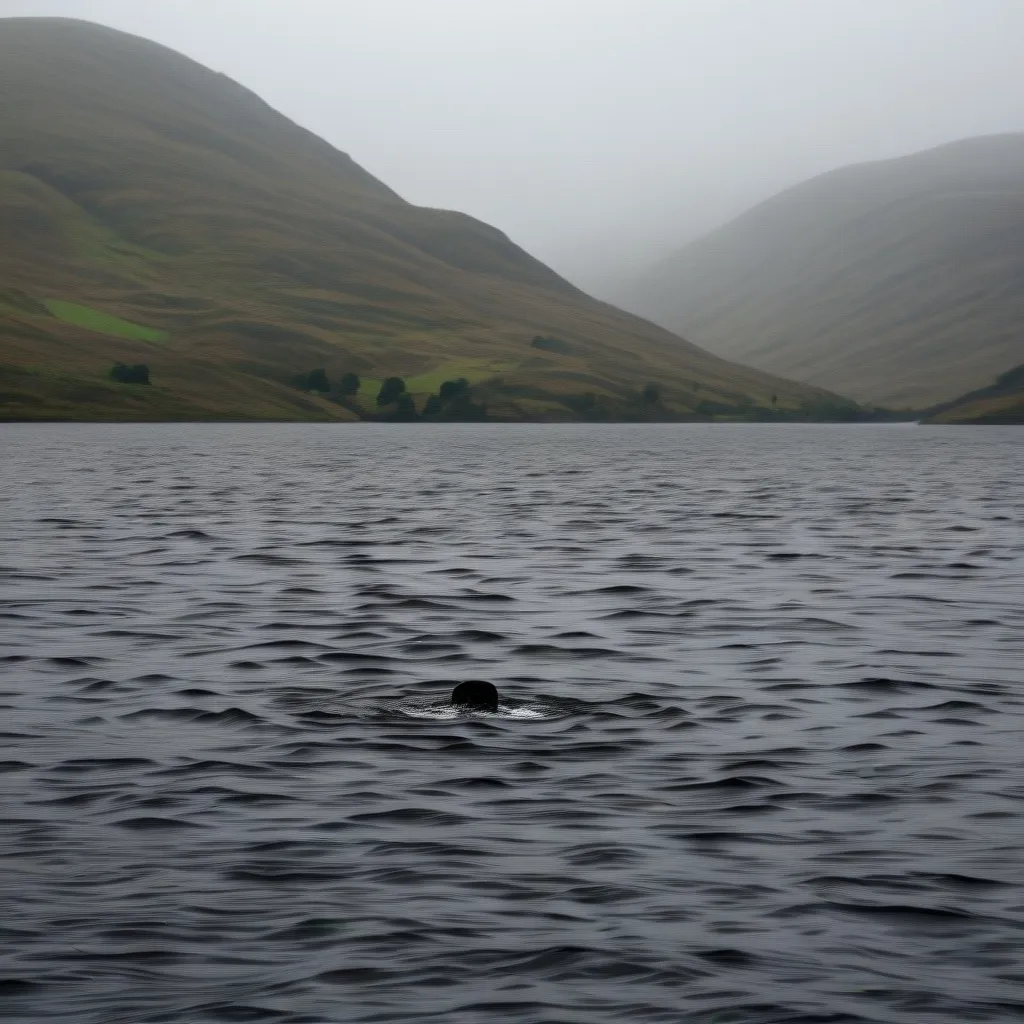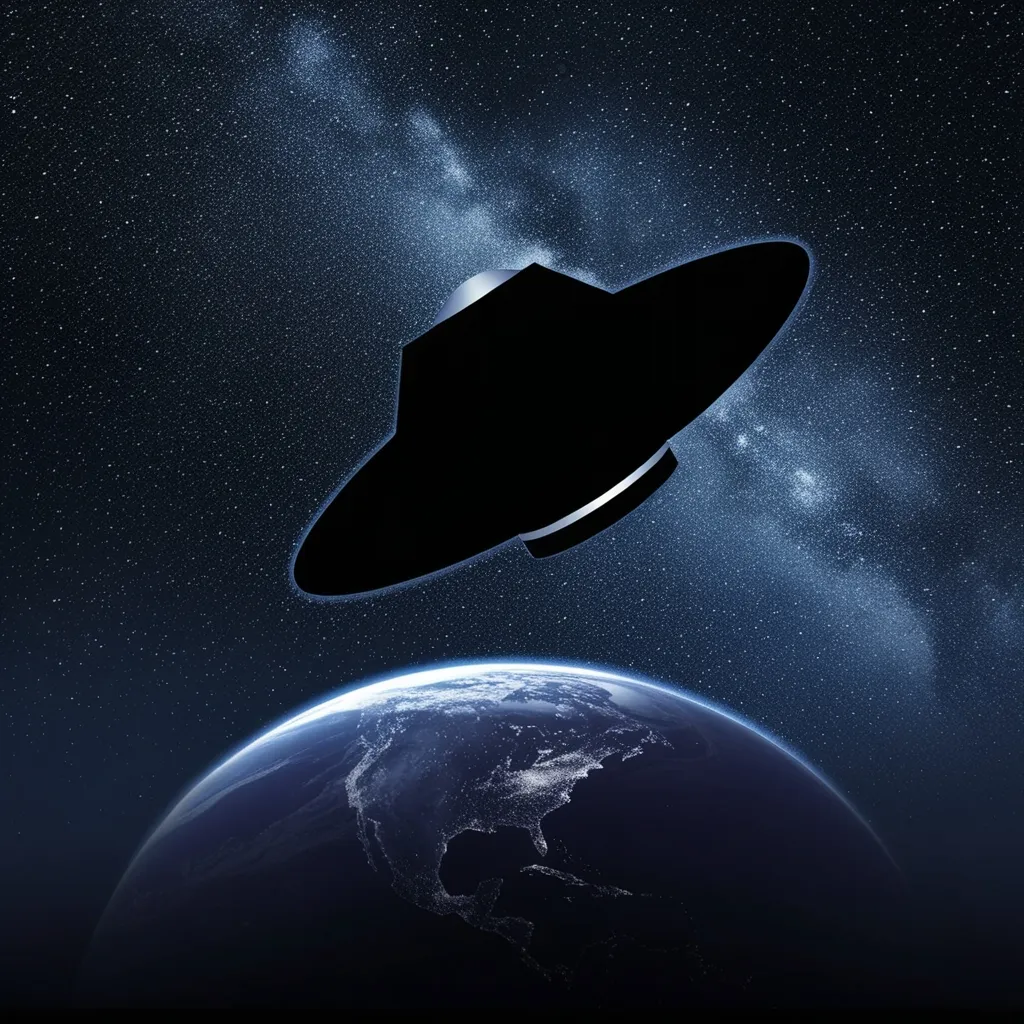Stonehenge: A Timeless Enigma That Keeps Us Guessing
Hey there, fellow history buffs and mystery lovers! Let’s dive into the fascinating world of Stonehenge, that weird and wonderful pile of rocks that’s been baffling us for centuries. Seriously, this place is like the ultimate ancient puzzle, and we’re still trying to figure it out after 5,000 years!
So picture this: you’re standing in the middle of Wiltshire, England, surrounded by rolling green hills, and bam! There it is - Stonehenge. It’s not just a bunch of stones standing around looking pretty (although they do that too). Nope, this bad boy is a testament to our ancestors’ big brains and even bigger muscles.
Let’s talk about those stones for a sec. We’ve got the sarsens, these massive 50-ton behemoths, and then the cute little (well, relatively) bluestones that only weigh about 4 tons each. And get this - some smarty-pants researchers think the bluestones came all the way from Wales and Scotland! Talk about a long-distance relationship, am I right?
Now, here’s where it gets really wild. People have been scratching their heads for ages trying to figure out what the heck Stonehenge was actually for. Was it a giant sundial? A prehistoric rave venue? A healing center for the world’s first hippies? The theories are as endless as my grandma’s supply of hard candies.
One of the coolest ideas is that Stonehenge was like an ancient version of Times Square on New Year’s Eve, but for the summer solstice. Imagine standing there, surrounded by your Neolithic squad, watching the sun rise perfectly between those massive stones. It’s enough to give you goosebumps, even if you’re just imagining it while sitting on your couch in your PJs.
But wait, there’s more! Some folks reckon Stonehenge was the world’s first observatory. Not the kind with fancy telescopes and nerdy scientists in lab coats, but a place where our ancestors could track the movements of the sun, moon, and stars. It’s like they had their own Stone Age version of the Weather Channel, helping them figure out when to plant crops and throw the best solstice parties.
Speaking of parties, here’s a wild theory for you: what if Stonehenge was actually a giant musical instrument? I’m not kidding! Some researchers found out that if you give those bluestones a good whack, they make a unique sound. Can you imagine the epic drum circles they must’ve had back then? Move over, Coachella!
Now, let’s talk about the Altar Stone. This bad boy has been causing quite a stir lately. For ages, everyone thought it came from Wales, but new research suggests it might have actually come from northeastern Scotland. That’s a journey of over 435 miles! Makes you wonder if our ancestors had some kind of prehistoric Uber service we don’t know about.
But hold onto your hats, because there’s an even crazier theory out there. Some scientists think that maybe, just maybe, the bluestones weren’t moved by humans at all. Nope, they reckon these rocks hitched a ride on a glacier during the last ice age. It’s like nature’s own delivery service - glacial express!
Now, let’s get down to the nitty-gritty of how they built this thing. The sarsen stones came from about 15 miles away, which is no small feat when you’re dealing with 50-ton rocks and no heavy machinery. But the real kicker is those bluestones. Imagine trying to move a 4-ton rock across hundreds of miles of rough terrain. It’s enough to make you appreciate your couch potato lifestyle, isn’t it?
The cool thing about Stonehenge is that it’s not just a one-hit wonder. This place has been reinventing itself for centuries. It’s been a burial ground, a healing center, a tourist attraction, and probably the backdrop for countless selfies. It’s like the Madonna of ancient monuments - always changing, always relevant.
But here’s the thing that really gets me about Stonehenge: the more we learn about it, the more mysterious it becomes. It’s like trying to solve a Rubik’s cube that keeps adding new sides. Just when we think we’ve got it figured out, boom! New discovery, new theory, back to square one.
And you know what? That’s kind of awesome. In a world where we can Google pretty much anything and get an answer in seconds, Stonehenge remains a beautiful mystery. It’s a reminder that our ancestors weren’t just a bunch of cave-dwelling simpletons. They were smart, creative, and apparently had a thing for really, really big rocks.
So next time you’re feeling down about the state of the world, just remember Stonehenge. Remember that thousands of years ago, a group of people decided to drag massive stones across impossible distances and arrange them in a perfect circle, just because they could. If that doesn’t inspire you, I don’t know what will.
In the end, maybe the real purpose of Stonehenge isn’t something we can pin down with science or archaeology. Maybe its purpose is simply to make us wonder, to spark our imagination, and to remind us that human beings have always been capable of incredible things.
So whether you believe Stonehenge was a place of worship, an astronomical calendar, a healing center, or the world’s first rock concert venue (pun totally intended), one thing’s for sure: it’s a place that will never stop fascinating us. It’s a testament to human ingenuity, creativity, and our never-ending desire to understand the world around us.
And who knows? Maybe one day we’ll crack the code and figure out exactly what Stonehenge was for. But until then, let’s enjoy the mystery. After all, in a world where everything seems to have an explanation, isn’t it nice to have something that still makes us go “huh, I wonder…“?
So here’s to Stonehenge, the world’s most enduring ancient enigma. May it continue to baffle, inspire, and amaze us for another 5,000 years. And hey, if you ever find yourself in Wiltshire, England, swing by and say hi to those old stones for me. Who knows? Maybe they’ll finally spill their secrets. But probably not. And that’s okay too.
